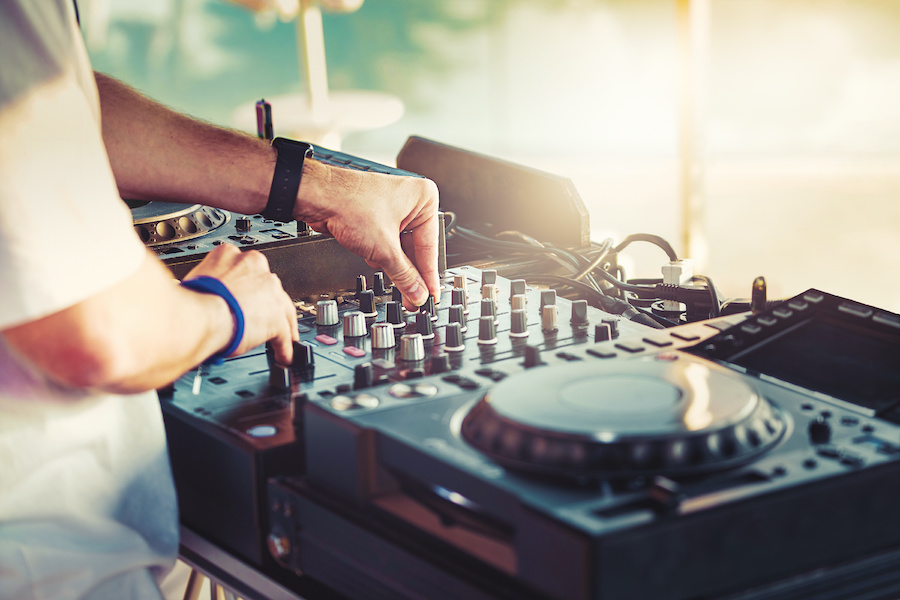In the vibrant world of music, DJ mixing is a thrilling art form that seamlessly weaves different tracks to create an immersive and dynamic experience for listeners. Whether you’re a music enthusiast looking to explore the art of DJing or an aspiring DJ ready to embark on your journey, this guide is here to help you understand how to DJ mix.
Understanding the Equipment
Before diving into the mix, it’s crucial to familiarize yourself with the essential DJ equipment. Most setups include two turntables or CDJs, a mixer, and a pair of headphones. Each turntable or CDJ represents a deck, allowing you to play and manipulate individual tracks, while the mixer enables you to blend and transition between them.
Selecting Your Music
The heart of DJ mixing lies in the selection of tracks. A well-curated playlist is essential for creating a seamless and enjoyable mix. Choose tracks that complement each other in tempo, key, and mood. Experiment with different genres and styles to find a unique blend that suits your taste.
Beatmatching
Beatmatching is the foundation of DJ mixing, and it involves aligning the beats of two tracks to ensure a smooth transition between them. Start by syncing the beats manually using the pitch control on your decks until they match. Alternatively, many modern DJ controllers and software offer automatic beatmatching features, making it easier for beginners.
Phrasing and Song Structure
Understanding the structure of songs is crucial for creating smooth transitions. Most tracks follow a pattern of intro, build-up, climax, breakdown, and outro. You can maintain a natural flow and engage your audience by phrasing your mix to align with these elements.
Mixing Techniques
1. Cutting and Dropping: Switching from one track to another can create an energetic impact. This technique is often used during build-ups or pivotal moments in a song.
2. Crossfading: Gradually blending the volume of one track out while bringing another track in using the crossfader is a classic mixing technique. This ensures a seamless transition between songs.
3. EQ Mixing: Utilize the equalizer (EQ) on your mixer to adjust each track’s bass, mid, and treble frequencies. This helps to smooth out transitions and prevent clashing between different elements of the songs.
4. Looping: Looping allows you to repeat a specific section of a track, extending a catchy hook or beat to maintain energy on the dancefloor.
Practice, Practice, Practice
Becoming proficient in DJ mixing requires practice and patience. Experiment with different techniques, pay attention to your audience’s response, and refine your skills. Don’t be afraid to make mistakes; they are integral to learning.
DJ mixing is a dynamic and rewarding skill that allows you to express your musical creativity. With a solid understanding of equipment, beatmatching, and mixing techniques, you can embark on a journey to captivate audiences and create memorable musical experiences. So, grab your headphones, cue up your favorite tracks, and let the beats guide you toward becoming a skilled DJ. Book a professional DJ for your next event by calling Raptor Productions today!

